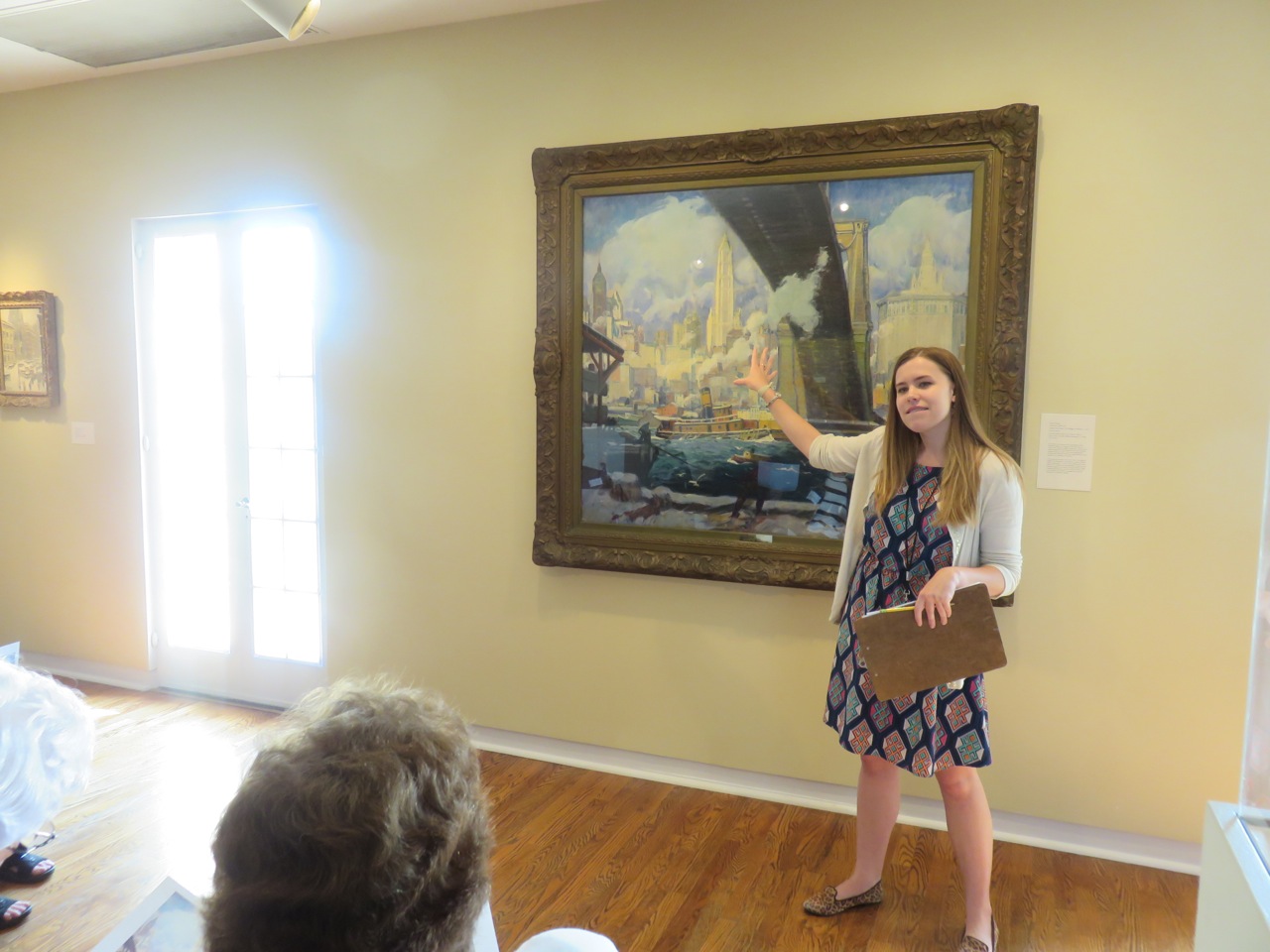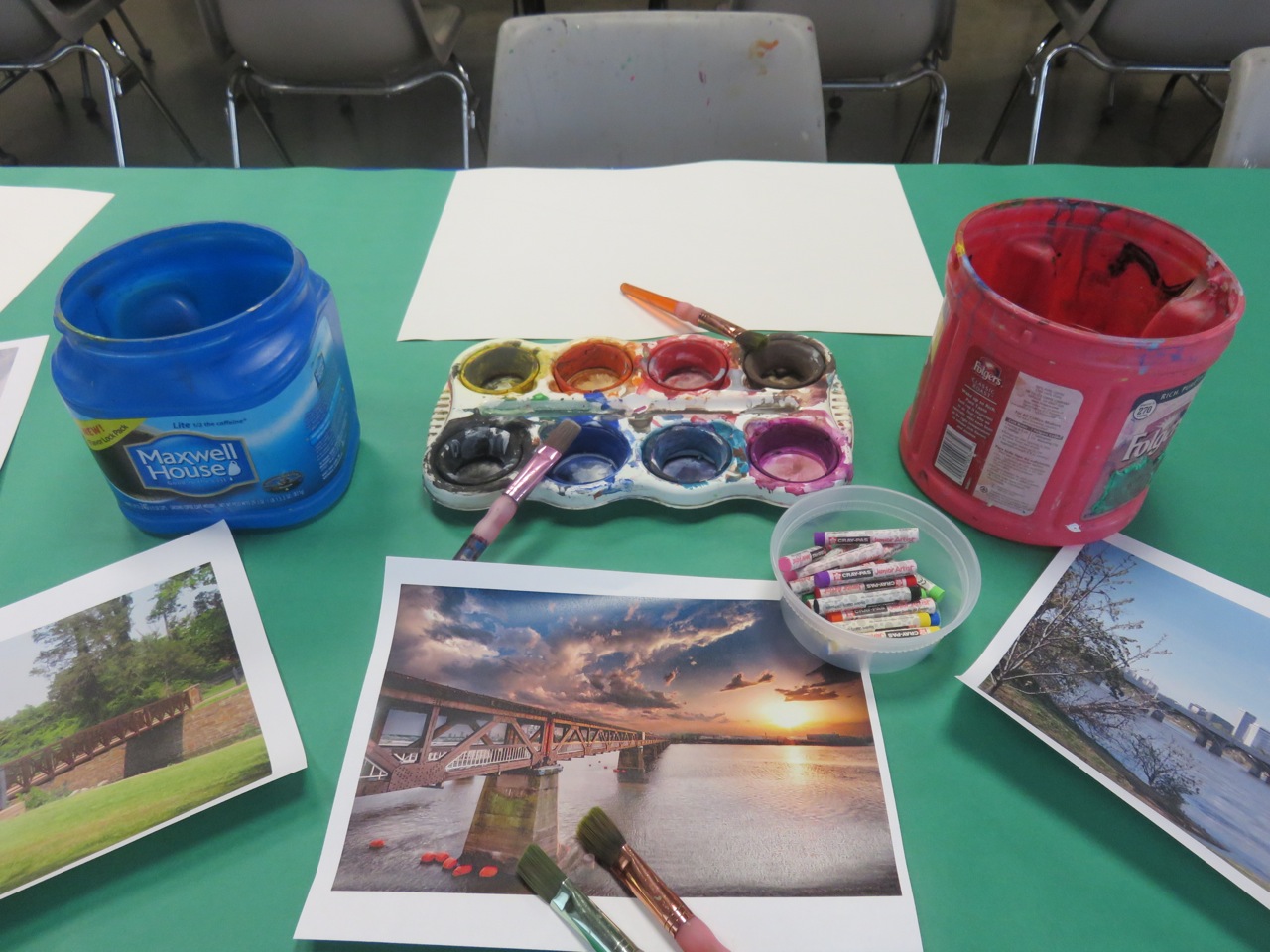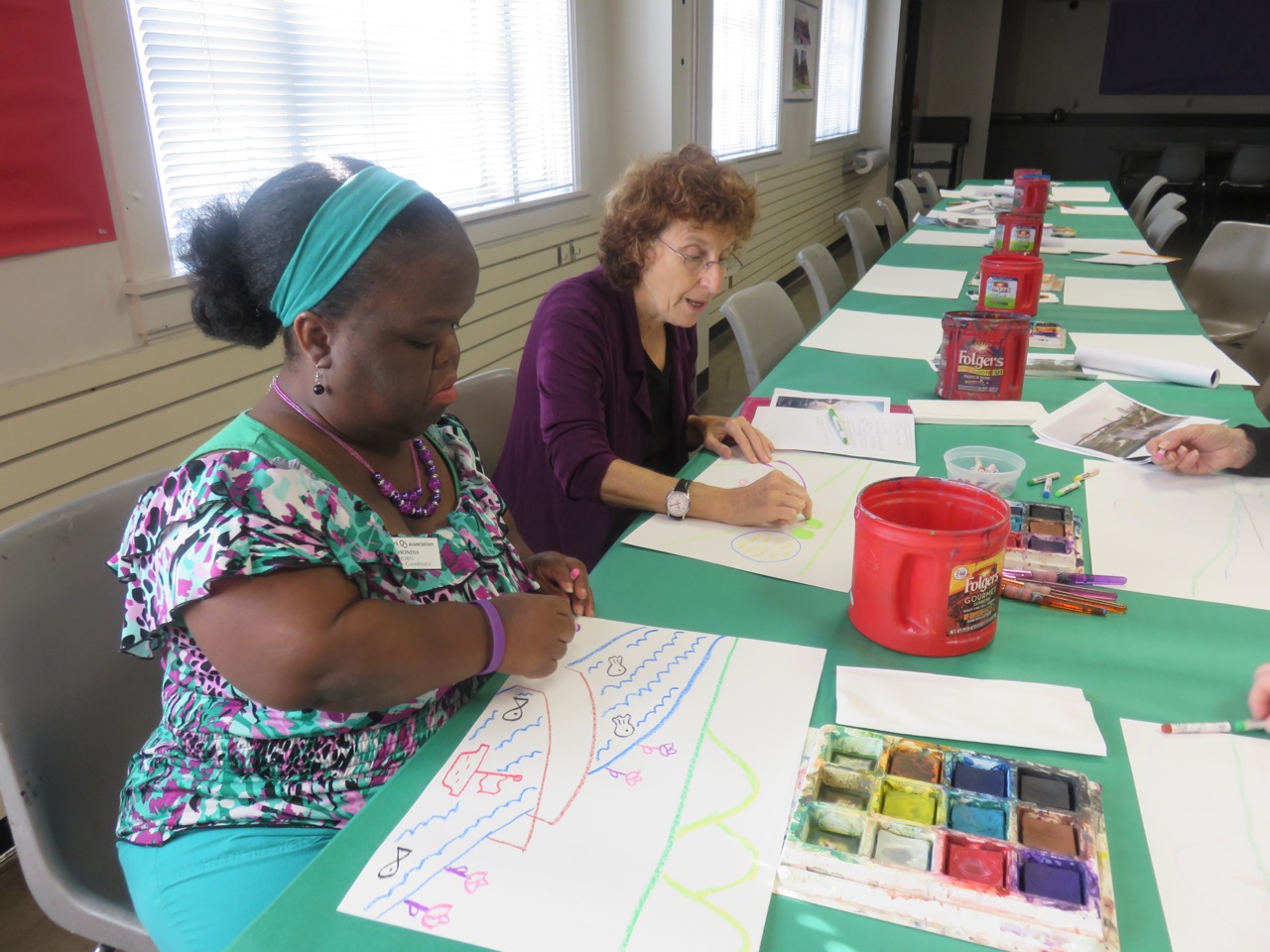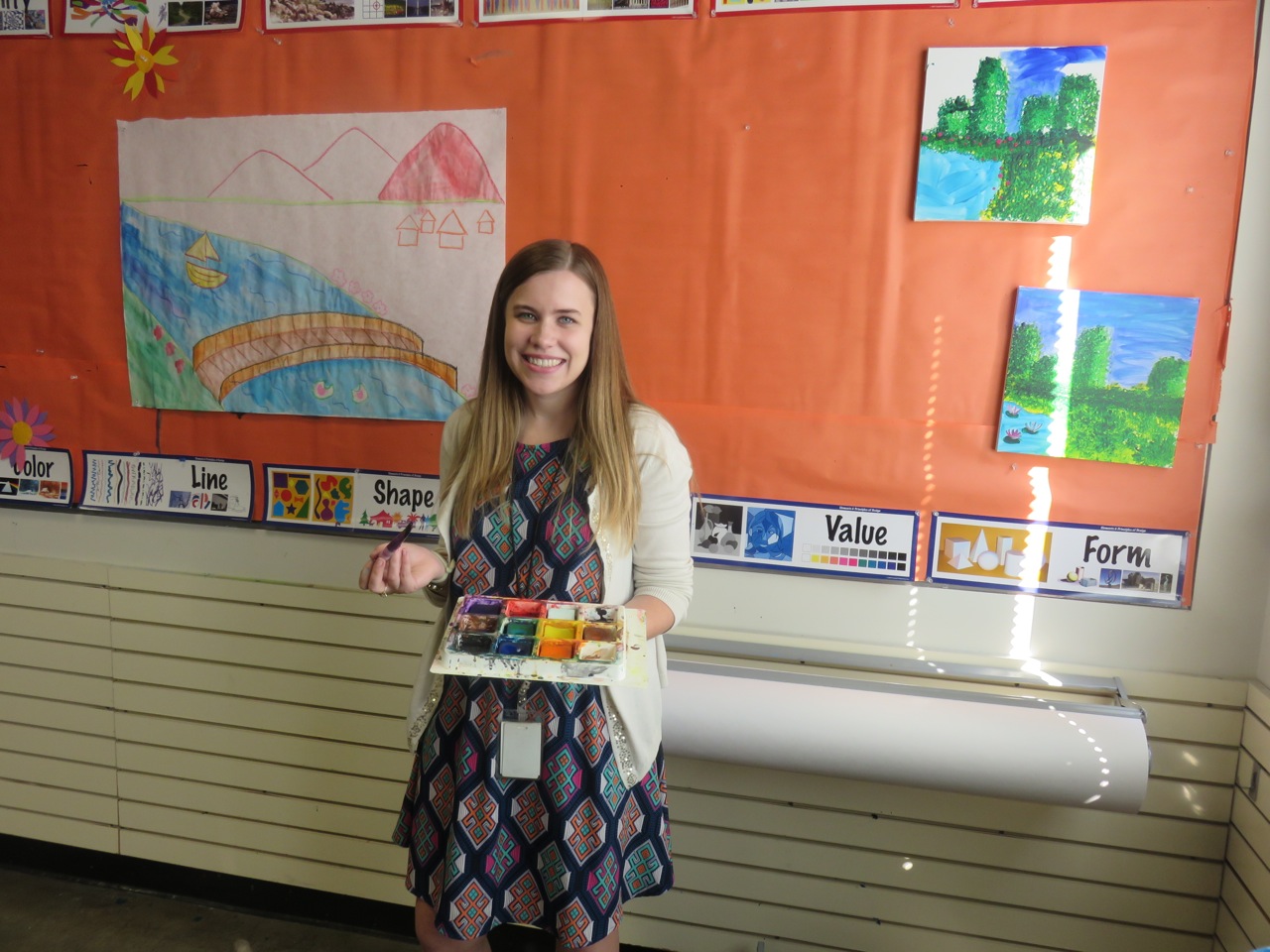Archive for November 2014
Cooking up New Connections
This appeared in the Kansas City Star on Monday, November 24th.
A version of this story will appear in Deborah’s next book: Creativity in the Land of Dementia: Finding Inspiration in the Care Partner’s Journey.
Cooking up new connections
By DEBORAH SHOUSE
Special to The Star
The dread seized me in early October.
Thanksgiving was normally my favorite holiday, and I had always looked forward to seeing my parents from Memphis and my brother and his family from Chicago. But the year my mother showed up without her famous butterscotch brownies, bourbon balls and date crumbs, I understood that her dementia was progressing and everything was changing.
Instead of working beside my brother and me in the kitchen, instead of laughingly (and bossily) setting the table with me, Mom huddled on the sofa, next to Dad, loath to let him out of her sight. She turned to him for everything: to explain the food on her plate, to remind her of our names and to reassure her that he’d be right there beside her. Her vulnerability and confusion were devastating, and I’d felt exhausted, lonely and weepy the whole long weekend.
I felt alone, but of course I wasn’t: There were 15 million family/friend caregivers helping the 5 million Americans who have dementia.
The next holiday season, I vowed things would be different. I would find ways to engage Mom so she could contribute to the meal. My brother Dan was head cook and I was a sous chef, so I decided to involve Mom with my vegetable preparation.
Join us in the kitchen for the rest of the story : http://www.kansascity.com/living/family/article4045762.html
Deborah Shouse is the author of Love in the Land of Dementia: Finding Hope in the Caregiver’s Journey.
To Bee or Not to Bee
Have you ever wondered if you’re living your highest purpose, if you’re on the right path? Have you ever received a sign from “the universe” that you took as an affirmation of your direction?
I often ask myself that question and watch for a sign. Of course, the ideal sign is a shaft of ethereal light beaming through the clouds and a heavenly voice that assures, “Yes, you are on your path.” But that’s never happened for me. My most recent sign came from a buzzing insect. Click here if you’d like to hear the story or keep reading if you prefer the written word.
Warmly, Deborah
Deborah Shouse is the author of Love in the Land of Dementia: Finding Hope in the Caregiver’s Journey.
Normally, I am afraid of bees.
But recently, I was sitting outdoors at a neighborhood restaurant, telling my friend Sarah about my new writing book called Creativity in the Land of Dementia: Finding Inspiration in the Care Partner’s Journey. As I talked about collecting expressive therapies to stimulate and engage people living with dementia and their care partners, the first bee cruised by my faro and fruit salad. The bee landed on the edge of my plate and reached out a tentative antenna to fondle a thin slice of apple.
I did not instantly jump away: instead I felt a sense of calm and connection around the bee. “Thank you for the good work you’re doing, “ I told the bee, hoping it would take the hint and move on. I continued telling Sarah about the renewal tips I wanted to write for weary care partners when a second bee buzzed by and danced around on an apple slice.
I put the two bee-spotted apples on a separate small plate and placed it on the far end of the table.
“This is for you,” I told the bees.
They enjoyed the apples for a while, then returned with friends to explore my salad further. I put all the slices of apples on the small plate and waved them toward that corner of the table.
But despite the fact that my plate now held nothing but faro, a plain tasting ancient grain, the bees returned to buzz around me.
Sarah and I changed tables, leaving our food behind. The bees followed.
Again, we moved to another table. And again, the bees followed, buzzing around me.
Finally, we agreed it was time to leave.
The next morning I received an email from Sarah. She was so curious about my sudden popularity with the pollinators that she looked them up in her animal medicine cards. She discovered that bees indicated:
It’s time to get organized and get to work on that idea that you want to implement and develop.
Approach your projects with commitment, diligence, and dedication, and you’ll succeed beyond your wildest expectations.
Involve several others in a cooperative and life-affirming venture, one in which everyone who participates will benefit-and if possible, one that involves the entire community.
Those sentences captured the essence of my project, a book that will benefit the community and that I want to organize, commit to, and involve others in.
I got a “buzz” just reading the description. I was also grateful for such a lovely affirmation; a sign that I was on my right path. And during a time when I was extremely busy, the experience also offered me an important spiritual reminder: “Just bee.”
Want to be part of Creativity in the Land of Dementia: Finding Inspiration in the Care Partner’s Journey? I’m looking for stories about people with dementia who are giving back to their community or living with dementia in an unusual and creative way. I am seeking renewal tips from care partners. And I am interested in fascinating creative activities that both inspire and engage.
Focusing on Art and Drawing on Memory
“What art offers is space – a certain breathing room for the spirit.” ~John Updike
“I want us to explore this work of art together,” Laura Voth says, as she passes out small copies of the Leon Kroll painting Lower New York, The Bridge in Winter, 1915. 
Ron and I have joined today’s session of the Focus on Art program at the Philbrook Museum of Art in Tulsa, Oklahoma. This collaboration between the Museum and the Alzheimer’s Association, Oklahoma Chapter, is part of the Association’s Drawing on Memory program and is designed for people living with dementia and their care partners.
“We’ve been hosting the program for three years and we keep learning from it,” says Jessimi Jones, Philbrook Director of Education. “We’re trying to connect people with art using their imagination and observational skills.”
“We’re also trying to engage people in conversation,” says LaShondia Horn, Early Stage Coordinator with the Association. “Looking at the art together and later creating art stimulates memories.”
Laura Voth, education assistant at the Philbrook, orchestrates the conversation and the drawing session that follows. To engage her audience, she looks for large paintings with recognizable images. Today’s oil features an old-fashioned Manhattan skyline as seen from underneath a bridge. Several boats navigate a choppy river.
Laura offers a little background on the painting, then says, “Take a look at the painting. What do you see?”
“Lots of big buildings,” Thomas says.
“What can you tell me about those buildings?” Laura asks.
“Tall,” Thomas replies.
“It looks like New York but I’ve never seen it from this angle,” Julie says.
I realize I also have never seen New York from that angle and I start noticing a few more of the picture’s details: two tugs boats, bouncing around in the rough waves, several men hoisting a rope from a dock.
“Has anyone else been to New York?” Laura asks.
“We marched through there and got right on a boat,” Thomas says. He’s got a good-natured slouch and a ready smile.
“What would it be like on that boat?” Laura asks.
“I can’t swim,” Julie says.
“I’ve been to New York as a visitor,” Mary says.
“What would you title this painting?” Laura asks.
“Under the Bridge,” Mary says.
The conversation continues as Laura asks sensory and observational questions about the picture? What time of year do you think it is? Does the painting make you feel small or tall? What do you think that round building is? What would you put in that round building?
Every one is participating, gazing at the river, the buildings, treating each question with curiosity.
After the conversations, we go downstairs to create our own art.
In the art room, each person has a large sheet of drawing paper, which is easy to see against the dark green paper that covers the table. LaShonda and her team work with the museum staff making sure each person is comfortable and can reach the art supplies. As Laura guides us through drawing simple lines to create a bridge, the conversation continues. Click here for a one-minute tutorial from Laura on using paints and oil pastels.
I’m sitting across from Emily, who says, “I can’t draw.”
I ask what color she likes and she says, “Purple.”
I show her the purple paint and ask if she’d like to try some.
She dips in her brush and strokes paint across the paper.
Color by color, she asks, “What now? What color shall I use? Where does this color go?”
During our painting session, I learn she was born in West Virginia, she doesn’t like to cook, she has five children and her brother is a wood carver. One of her treasured possessions is a carving of Dopey that her brother created when he was a teenager.
At the end, Emily has a wonderfully vibrant painting to take home and I have the wonderfully vibrant feeling of having connected with a fascinating woman.
For more information about the Philbrook, go to www.philbrook.org
The Alzheimer’s Association Website is www.alz.org/
Deborah Shouse is the author of Love in the Land of Dementia: Finding Hope in the Caregiver’s Journey.


